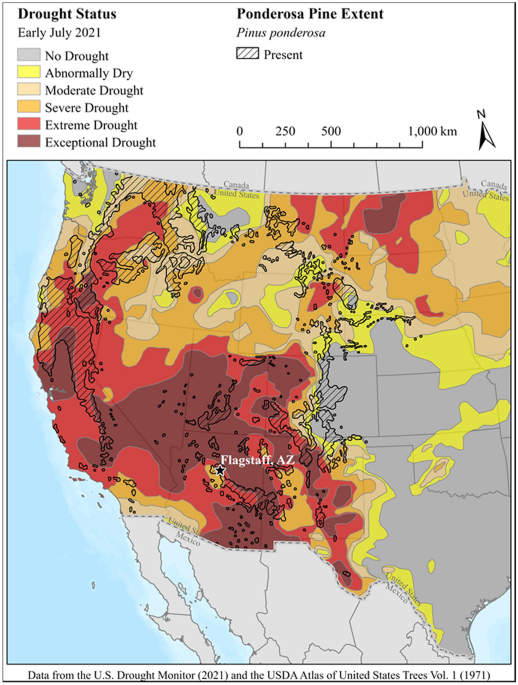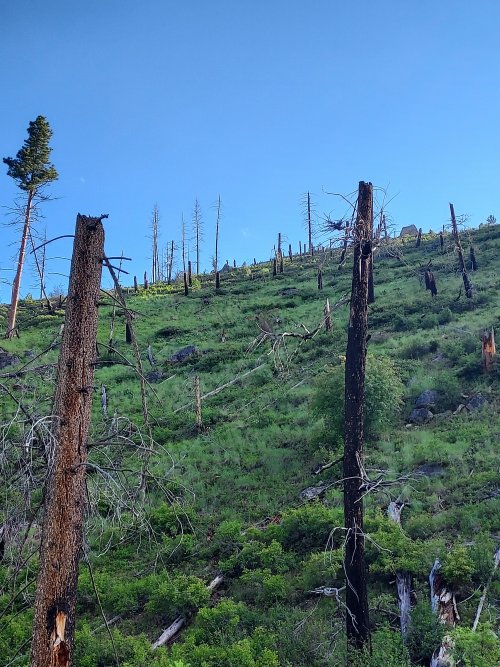On the topic of WSA vs capital W etc...I encourage people to not get too caught up in how we package land protections, but rather look at the protections themselves. When I worked in the wilderness/conservation community, we were discussing management of LWCs amongst folks from various non profits. To make a long story short, folks from one group (maybe TRCP?) felt we could get the protection we wanted if it were packaged as a Backcountry Recreation area, or some title like that. Whereas we wouldn't get any of those same exact protections on the same piece of ground if the word wilderness were anywhere in the title of the "package" so to speak.
I told everyone I could care less what the damn thing was packaged as, the protections were a lot more important than the name. But therein lies the rub. These wilderness non profits want to fund raise on wilderness victories. It was actually more important to some that wilderness be in the title.
I'll just come out and say it, there were, and maybe still are folks that are willing to take a net loss on meaningful protections on wilderness lands as a whole in order to try and gain the title of capital W wilderness on some smaller number of acres than what was lost. Especially in Wyoming, where we haven't had a designation in 30 plus years.
They'll claim victory with the designation, and most will be blissfully ignorant to the fact that we had a net loss of wilderness type protections rather than any sort of gain.
Granted, one could argue that a capital W is much harder to undo and develop than a WSA, and that it's worth it to get the designation because of that. This may be true...WSAs weren't meant to be studied forever. They were meant to be designated or released after a period of study.
But honestly, all I care about is the land protections. I'd be tickled pink if we studied the existing WSAs for the rest of eternity and never designated another capital W. It seems wrong on every level, but I feel, perhaps incorrectly, that that would be the best possible scenario to keep as many wilderness acres undeveloped as possible.
Pretty nuanced topic if you go down the rabbit hole...
I told everyone I could care less what the damn thing was packaged as, the protections were a lot more important than the name. But therein lies the rub. These wilderness non profits want to fund raise on wilderness victories. It was actually more important to some that wilderness be in the title.
I'll just come out and say it, there were, and maybe still are folks that are willing to take a net loss on meaningful protections on wilderness lands as a whole in order to try and gain the title of capital W wilderness on some smaller number of acres than what was lost. Especially in Wyoming, where we haven't had a designation in 30 plus years.
They'll claim victory with the designation, and most will be blissfully ignorant to the fact that we had a net loss of wilderness type protections rather than any sort of gain.
Granted, one could argue that a capital W is much harder to undo and develop than a WSA, and that it's worth it to get the designation because of that. This may be true...WSAs weren't meant to be studied forever. They were meant to be designated or released after a period of study.
But honestly, all I care about is the land protections. I'd be tickled pink if we studied the existing WSAs for the rest of eternity and never designated another capital W. It seems wrong on every level, but I feel, perhaps incorrectly, that that would be the best possible scenario to keep as many wilderness acres undeveloped as possible.
Pretty nuanced topic if you go down the rabbit hole...







